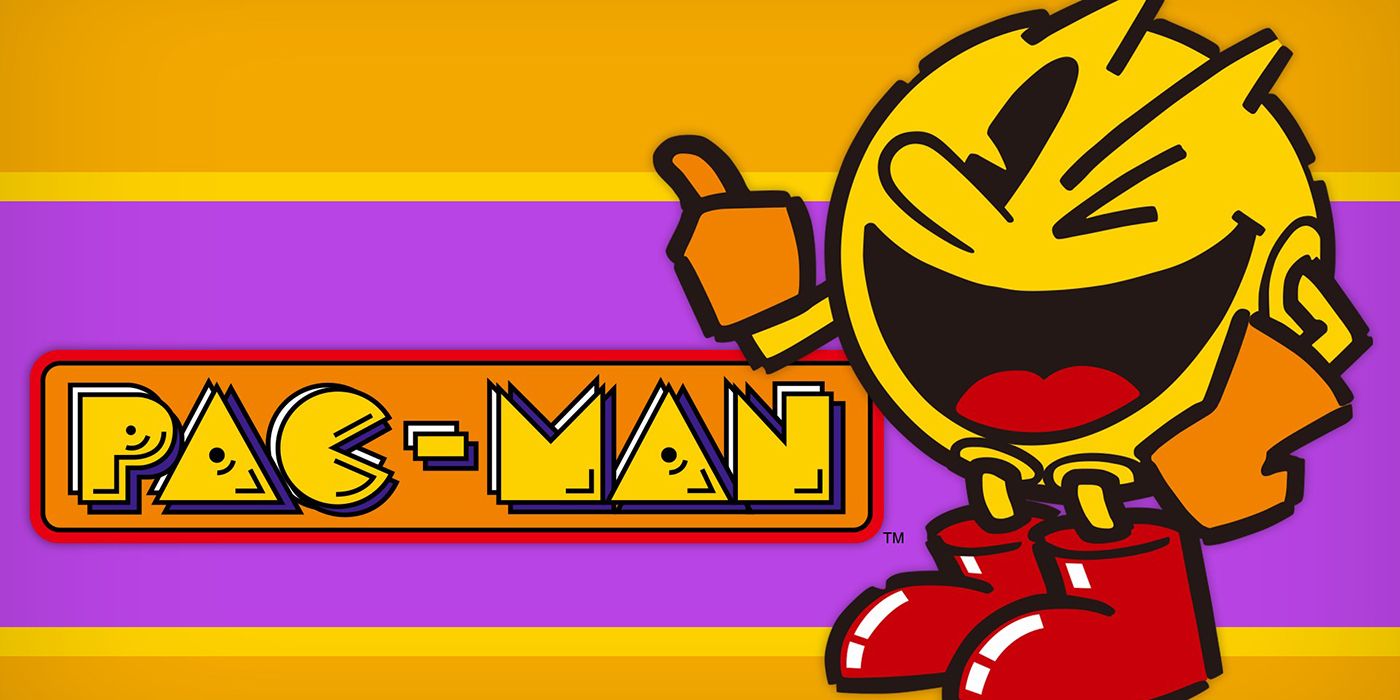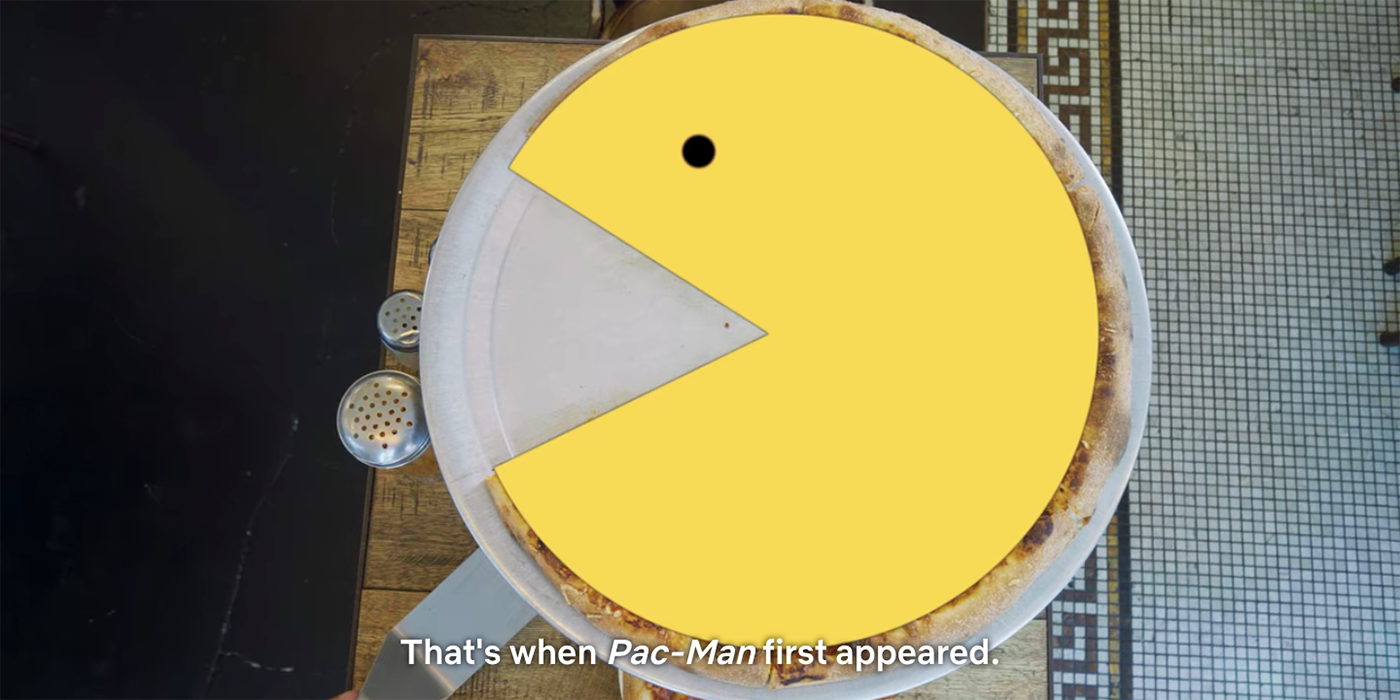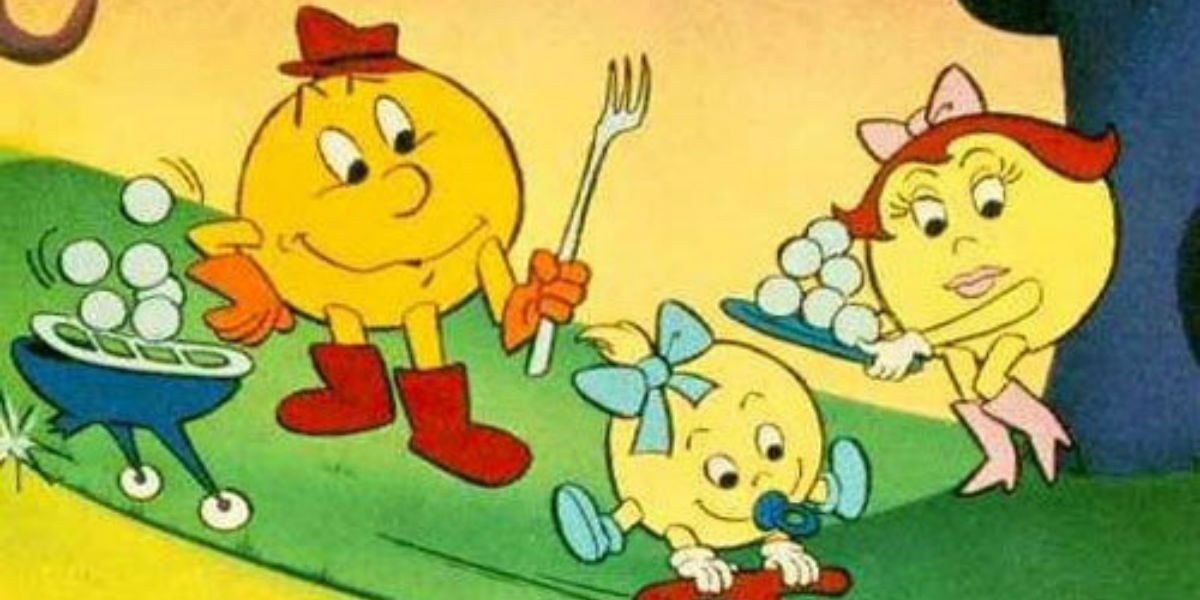Netflix docuseries High Score examines early video game history, including the arcade boom (and bust). In Episode 1, aptly titled "Boom & Bust," the series covers Space Invaders, Missile Command and, of course, Pac-Man -- which was initially created to entice women into playing games at arcades.
Pac-Man creator Toru Iwatani explains in the episode that in the late '70s, “Game centers were places where men played, where you’d do things like shoot dead aliens. They were dirty, smelly and dark. No games were available for women. So my aim certainly was to change that.”
Iwatani visited arcades at least once a week, just to observe. He monitored the kinds of people who went to arcades and the kinds of games they played. All the while, he thought about what might entice women to get into gaming.
The answer to Iwatani's musings came during the brainstorming process. He and his developers thought, "Eating doesn’t involve killing each other, and maybe women can enjoy it as a game too.” As they began to work on this concept for a game, they happened to share a pizza. When Iwatani removed a slice from the full pie, "That's when Pac-Man first appeared."
Pac-Man has since become an iconic arcade game that's been ported to home consoles and mobile devices several times over. There's also a spin-off series, Ms. Pac-Man, which is an award-winning bestseller. The basic premise of the game is to eat all of the cookies in a maze without running into any ghosts, which will reset Pac-Man's progress or kill him outright.
Iwatani notes in High Score that while the idea for a game is important, the visual aspect is just as imperative to creating a stellar gameplay experience. Pac-Man is "just a yellow eating thing with a mouth, no eyes and no nose" -- and his simplistic design made him wildly popular, especially with American girls.
High Score describes Pac-Man Fever of the early '80s as something akin to Beatlemania. In a news segment from the time, several young women talk about how "cute" the character is and how much they enjoy watching him chomp on cookies as he moves through the maze. Iwatani assumed the game would be popular in Japan, but he had no idea how fast it would take off in the United States.
By 1981, Pac-Man was the highest-selling arcade game in the U.S. The character inspired pop songs, had his own animated series and was featured in endorsements for products like 7-Up. Of course, there were still plenty of critics, who largely took issue with the repetition of the game and how easy it was to master. Still, the ubiquitous popularity of Pac-Man persists. 2020 is its 40th anniversary and there's been an uptick in merch, music and more to celebrate the pop culture icon.
High Score is now streaming on Netflix.



